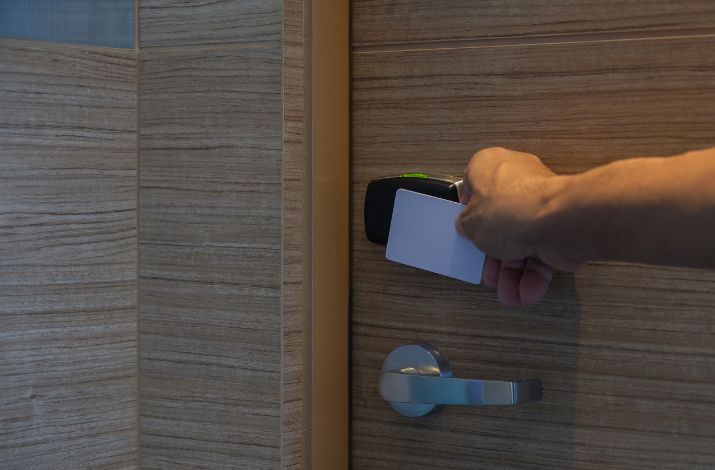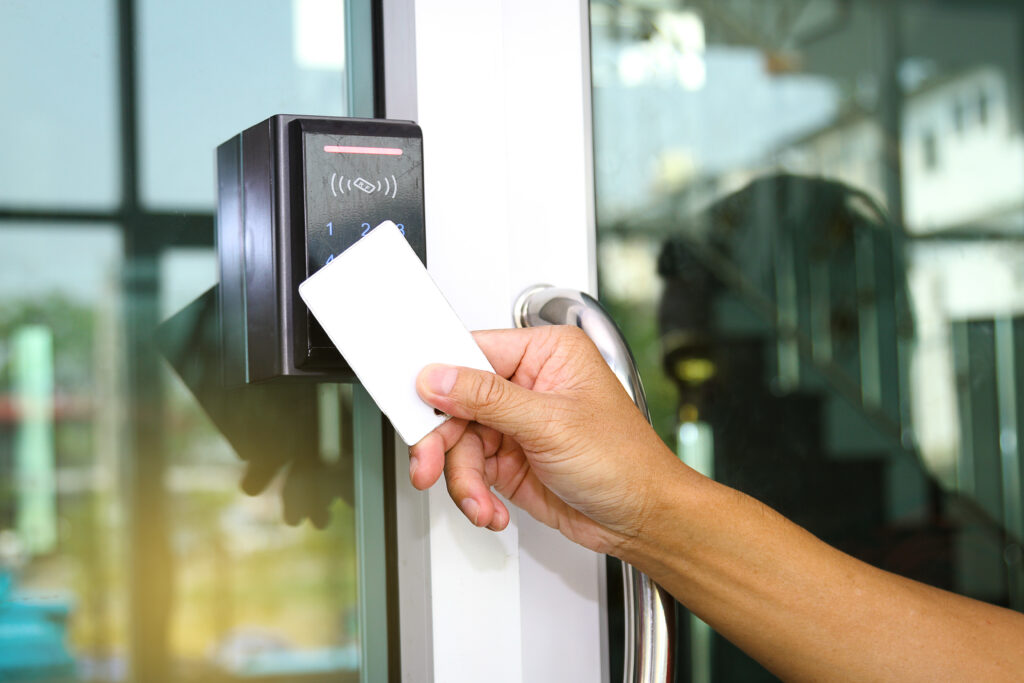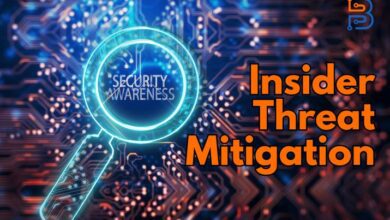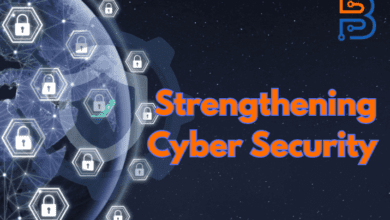Pros and Cons of Proximity Cards for Business Security

Around the world, especially, proximity cards have become an effective way of controlling access to buildings, sensitive areas and resources. The cards use radio frequency identification (RFID) or near-field communication technology to allow users into the area, and also can exclude them. Though it has many benefits, a business’s implementation of this technology for security purposes does have its drawbacks. This will help them effectively consider their budgets and other concerns to implement this technique at a certain location.
In this article, we will tell you about some potent advantages and cons of proximity cards for business security.
What are Proximity Cards?
Proximity cards are a highly secure and efficient means of controlling access to restricted areas within a facility. These cards utilize the latest radio frequency identification and near-field communication technologies. Further, they are used in various industries, including businesses and educational and healthcare institutions, to manage access to specific areas.

Key Components of Proximity Cards
Entrepreneurs must know that what are the key components of proximity cards to effectively implement them in their preferred areas. In this section, we have compiled a comprehensive list of key components of these types of cards. Here, you will get to know the key components of this technology:
- RFID or NFC Technology
- Contactless Access
- Secure Access Control
- Customizable Access Permissions
- Audit Trails and Tracking
- Versatility
RFID or NFC Technology
Proximity cards are used to be operated by utilizing radio frequency identification (RFID) or near-field communication (NFC) technology. They contain an embedded chip and an antenna that communicates with a card reader when brought within close proximity. In addition, the distance may typically be a few inches or centimetres, allowing cards to act further.
Contactless Access
Unlike traditional keys or swipe cards, proximity cards do not require physical contact with a reader. Moreover, users simply need to hold or wave the card within the close proximity of the reader for authentication. In doing so, they will be able to get access to a specific place or area.
Secure Access Control
Businesses are free to utilize proximity cards to enhance security by providing a more controlled access system to a specific place. Access permissions are programmed onto the card’s chip, allowing authorized individuals to enter specific areas based on their clearance level.
Customizable Access Permissions
Administrators can easily manage and customize access permissions associated with each card. Furthermore, they can grant or revoke access, modify entry rights, or restrict access to certain times or areas as needed. In this way, proximity cards allow businesses to provide their preferred employees with access to a certain place.
Audit Trails and Tracking
Proximity cards maintain records of access activities whether they are allowed or restricted to visit the place. They create an audit trail that logs entry and exit times that enables administrators to track and monitor access history. Further, this approach helps businesses to see who goes there and who doesn’t to maintain security.
Versatility
These cards come in multiple forms, including cards, key fobs, or badges, providing flexibility for users to carry them conveniently. Proximity cards can also be integrated into multifunctional cards for additional purposes, such as employee identification in the workplace.

Pros of Proximity Cards
This technology poses many benefits for businesses to harness to thrive in the marketplace according to security. Here, you will get to know manifold pros of proximity cards:
- Enhanced Security
- Convenience
- Integration with Other Systems
- Customization and Control
- Auditing and Tracking
Enhanced Security
Proximity cards provide an additional layer of security compared to traditional key-based access systems. They are harder to duplicate, which reduces the risk of unauthorized access to a certain place or area.
Convenience
These cards are user-friendly and convenient for both employees and entrepreneurs. Employees simply need to hold their proximity cards near a reader for swift access to the place. It eliminates the need for physical keys or to remember complex codes.
Integration with Other Systems
Proximity cards can be integrated with other security systems, like surveillance cameras and alarms to get the initial report quickly. It creates a more comprehensive security infrastructure within a company to maintain security.
Customization and Control
Businesses can easily add or revoke access permissions associated with proximity cards to their employees. If a card is lost or an employee leaves the company, access can be immediately revoked without needing to change locks or reissue keys.
Auditing and Tracking
These systems provide a trail of access, allowing businesses to track entry and exit times through proximity cards. This information can be valuable for security audits or investigations after unfortunate actions may happen.
Cons of Proximity Cards
However, this technology poses many pros to the business industry but it also possesses many cons for businesses. In this section, we have estimated all the cons of proximity cards:
- Risk of Card Cloning
- Vulnerability to Hacking
- Cost of Implementation
- Reliance on Power and Connectivity
- Maintenance and Upkeep
Risk of Card Cloning
While more secure than traditional keys, proximity cards are not immune to cloning that may negatively affect the security system. Advanced techniques can be used to duplicate cards, potentially leading to unauthorized access.
Vulnerability to Hacking
As with any technology, proximity cards can be susceptible to hacking or unauthorized access if not adequately protected. Hackers might intercept and clone card data if the system lacks encryption or proper security measures.
Cost of Implementation
Initial setup costs for installing proximity card systems can be significant to consider. This includes purchasing card readers, and software, and issuing proximity cards to employees, which might pose a financial challenge for smaller businesses.
Reliance on Power and Connectivity
These systems rely on continuous power and network connectivity for proper functioning. Any power outage or network issues might lead to access control problems until the proximity cards are restored.
Final Verdict
Proximity cards offer numerous advantages in enhancing business security by providing convenience, customization, and enhanced control over access. However, they also present challenges such as the risk of cloning, vulnerabilities to hacking, and initial setup costs. Businesses considering these systems should weigh these pros and cons carefully and implement robust security measures to mitigate potential risks. Combining these cards with other security measures can create a more robust and comprehensive security infrastructure for businesses.






